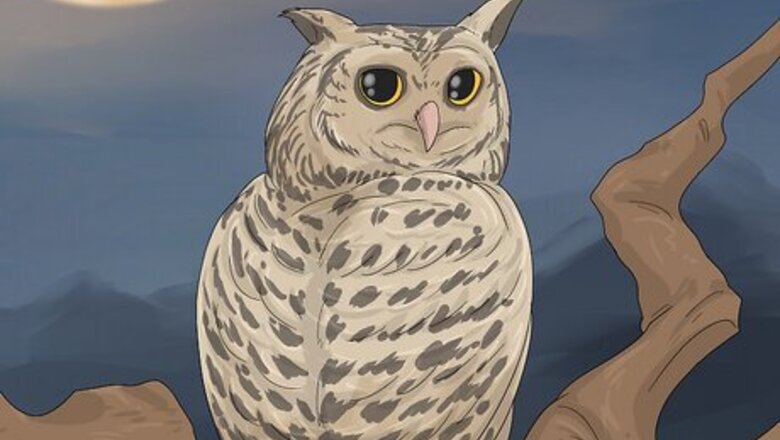
views
Are owls good or bad luck?
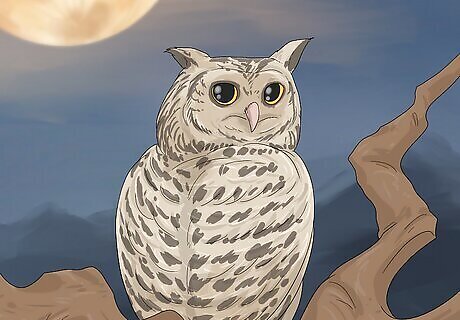
Many cultures believe owls are bad luck because of their dark associations. Since ancient times, these mostly nocturnal creatures have been associated with evil things that lurk in the dark. Owls are often associated with death as well. In cultures where owls have these associations, it's typically considered a bad omen to see or hear them. Arabian cultures consider the call of an owl to be a bad omen and in Iran the birds themselves are considered bad luck. Sometimes an owl has to be in a specific place to be considered bad luck, such as on the roof of a house. This superstition, too, is based in reality—owls tend to avoid humans, so it would be rare for one to be comfortable enough that it decided to roost on a human habitation. There's one superstition that if you have a dream about an owl while you're traveling, it means you could be robbed or possibly shipwrecked—which would definitely be bad luck for a traveler. In Ireland, it was once believed that if an owl ever entered your house, you should kill it immediately. If you don't, it will take all of the luck in your house with it when it flies away. That may or may not be bad luck for you, but it's definitely bad luck for the owl.
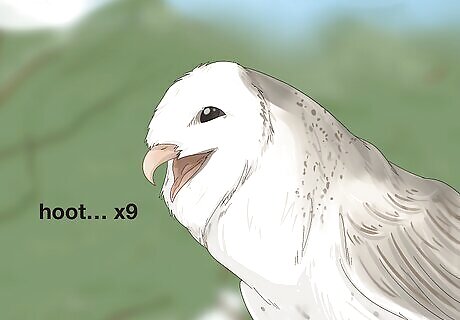
Other cultures honor and revere owls as good luck charms. These cultures tend to associate owls with wisdom and knowledge. Seeing or hearing a live owl might be seen as an omen of good times or prosperity to come. People in some of these cultures have used an image of an owl or part of an owl (such as a feather or a bone) as a good luck charm. For example, in Germany, it was once believed that you could escape the symptoms of rabies if bitten by a rabid dog as long as you carried the heart and right foot of an owl under your left armpit. In India, if an owl hoots 9 times in a row it symbolizes good fortune to all who hear it. Owls are more commonly considered good luck in Asian cultures, including China and Japan. In China, placing owl effigies in each corner of your home will protect it from lightning strikes.
Other Common Owl Superstitions
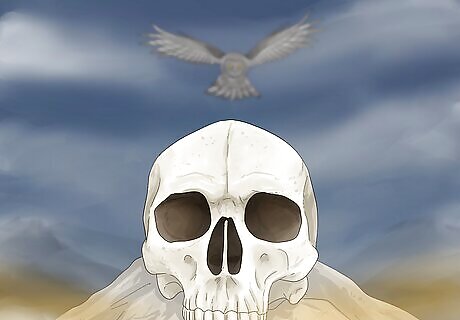
Owls are associated with death. Many cultures associate darkness and night with death. As nocturnal creatures, then, it stands to reason that owls would get lumped in along with the time when they're most active. Some superstitions have an owl foretelling death, while in others, the owl is meant to guide a departing spirit through the spirit world or underworld. Romans believed that the hooting of an owl predicted death, even really famous deaths, such as Julius Caesar's. This association depends on the location of the owl in some superstitions. For example, some superstitions have it that a hooting owl near your house could mean a newborn baby was going to die. Some South African tribes put spikes on their roofs to keep owls away because of this very superstition. Being associated with death isn't always a bad thing. For example, in Romania, souls of repentant sinners fly to heaven as snowy owls. Historically, Russian hunters carried owl claws with them for their souls to use to climb to heaven if they died.
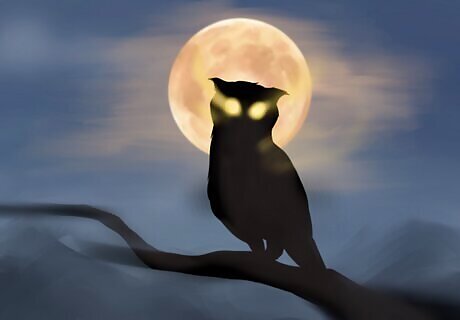
Owls are associated with evil. Death and evil walk hand-in-hand in some cultures, but even in those where that's not true, there's still something ominous and spooky about nighttime, when owls are often at their most active. For this reason, many superstitions revolve around owls being evil themselves or working in league with evil people or entities. The call of an owl at night can be spine-tingling, which might be another reason for the owl's association with evil. Many superstitions would have it that an owl's call should be a signal to anyone in hearing distance that evil is about to befall them in some way.
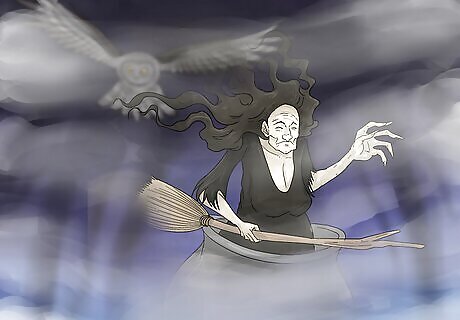
Owls are familiars for people with supernatural powers. Owls are associated with magic and the supernatural in most cultures. Because they are night creatures and night is associated with the spirit world, owls are often believed to be used as messengers by witches, sorcerers, and shamans. For example, in Madagascar, it's believed that owls dance on graves along with witches. Some superstitions give supernatural powers to owls themselves. For example, in some superstitions you can improve your eyesight if you eat the eggs or eyes of an owl. An owl might also be used as a spy. As one legend has it, if you hear an owl hooting continuously, it means there's a witch nearby. This can relate to a place where an owl lives as well. Since owls were believed to be the only creatures that could live with ghosts, one superstition assumes an abandoned home to be haunted if an owl takes up residence there.
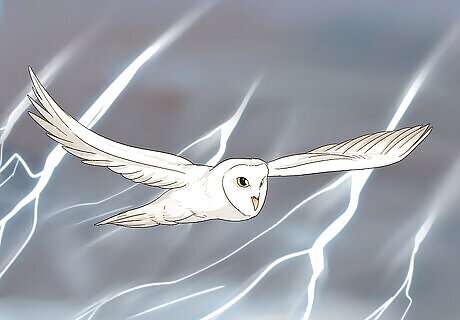
Owls are omens of change or can predict the future. In many cultures, seeing or hearing an owl is meant to predict something happening in your life or in the lives of those around you. It might also signal future outcomes in weather, travel, or even military battle. Part of this likely trickles down from the belief that an owl was a familiar of the ancient Greek goddess Athena, goddess of wisdom. The wise old owl knows what's going to happen. In Brittany, there's a superstition that if you see an owl on the way to the harvest, you'll have a good yield. People in Indonesia have used the different calls of the owl to predict the weather and determine whether it's safe to travel. Ancient Greeks believed that the sight of an owl meant military victory, while for ancient Romans the same sight meant sure defeat.
What if an owl roosts near your home?
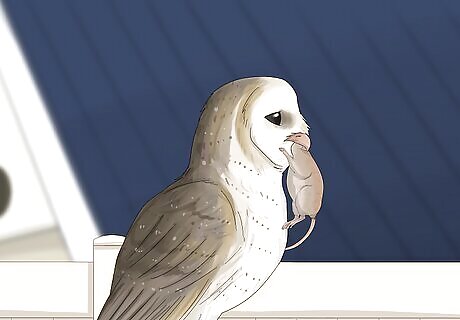
An owl near your home has no supernatural effect. As much as people have tried to ascribe spiritual or supernatural powers to these creatures, the fact of the matter is, they're just birds that make up an essential part of the ecosystem where you live. Do everything you can not to disturb it. It's pretty unlikely that an owl would choose to take up residence near your home because owls usually don't like to be around humans. But if you do have an owl hanging out near you, it's likely a benefit to you. If an owl has taken up shelter near your home and doesn't want to leave, that probably means that they've found a good food source nearby—which means they're also providing you with free pest control. Many owls are also protected by local, national, and international laws. If an owl has made its home in a spot that you believe is dangerous, contact your local wildlife authority to find out what you can do.
Owl Folklore around the World
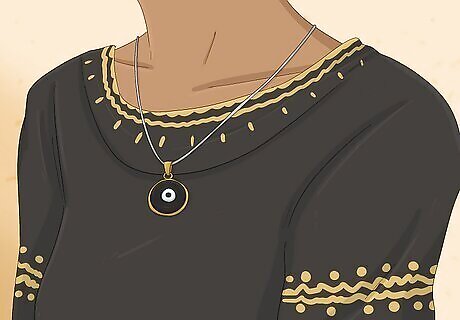
Africa On the African continent, traditional folklore frequently sees owls as fearsome creatures that are associated with evil, death, or both. In many stories, though, the owl is merely a harbinger of bad times to come—not the one responsible for them. Cameroon: There is no separate name for an owl. It is simply called "the bird that makes you afraid." Morocco: According to ancient custom, you can wear the eye of an owl on a string around your neck to ward off the "evil eye." Nigeria: The Yoruba people believe that you can become possessed by an owl and get sick. They hang owl statues in their homes to ward this off, as well as to keep ghosts away. South Africa: Many stories revolve around owls serving as agents for witches.
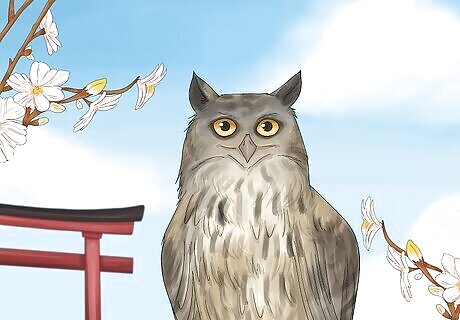
Asia Some cultures in Asia honor and revere the owl, while others revile them. One common thread among most Asian folklore is a connection to the divine or spirit world. But there are just as many stories where the owl is simply a creature like any other. Afghanistan: An owl first presented humans with flint and iron so they could make fire. In return, humans gave owls their wings. Myanmar: The owl has a flattened face because it got into a fight with other birds and one of the birds stomped on its face. Japan: Eagle Owls are revered as messengers of the gods or as the embodiments of divine ancestors. Sri Lanka: The owl is married to the bat.
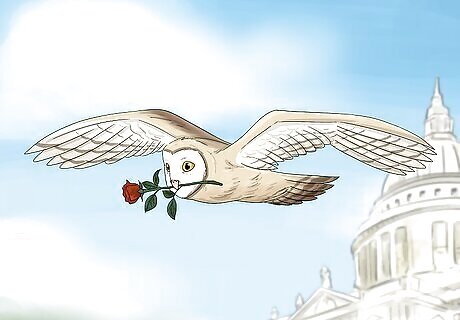
Europe Owls in European folklore date back even as far as ancient Greek and Roman times. In most European legends, owls are treated with some sympathy. While they might be associated with death, their presence is typically bittersweet. Owls are also associated with witches, witchcraft, and pagan traditions. Belgium: There's a legend that a priest offered an owl a home in his church tower provided he kept the church free of rats and mice. England: The owl had stolen the rose, which was a prize awarded for beauty. The other birds punished the owl by only allowing it to come out at night, which is why owls are nocturnal. Poland: Girls who are married when they die turn into owls. Wales: A woman made from flowers was cursed by her husband's uncle and turned into an owl, that she might never show her face to the light of day.
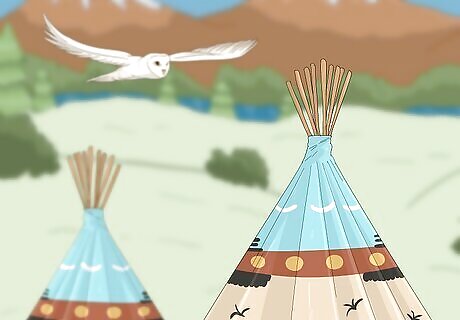
North America Native American cultures traditionally both fear and revere the owl, perhaps depending on the particular species they were most familiar with. But nearly all Native American cultures seem to link the owl to death or to the spirit world in some way. Cheyenne: The tribe folklore only counts the short-eared owl as an actual bird. All of the other owl species are classified as spirits of the night. Dakota: Owls are seen as a protective spirit for brave warriors. Lakota: Among other tribes, the Lakota considered owls to be an embodied spirit, perhaps of a close ancestor. Lenape: One legend has it that if you dream about an owl, it will become your guardian.
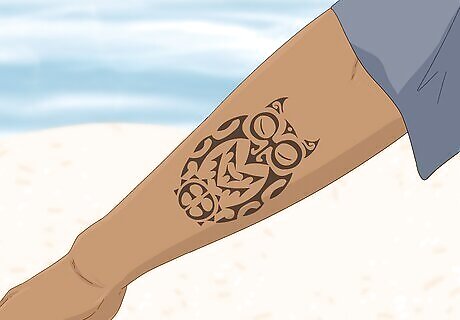
Oceania For the most part, native folklore in Oceania views owls in a positive light. Owls often represent the sacred in some way and feature into some creation myths. Some legends also associate owls with wisdom or knowledge. Australia: Owls represent the souls of women and are therefore sacred. Borneo: The Supreme Being turned his wife into an Owl after she told secrets to mortals. New Zealand: Among the Maori people, the owl is considered an unlucky bird. Samoa: In a Samoan creation myth, the people are descended from an owl.
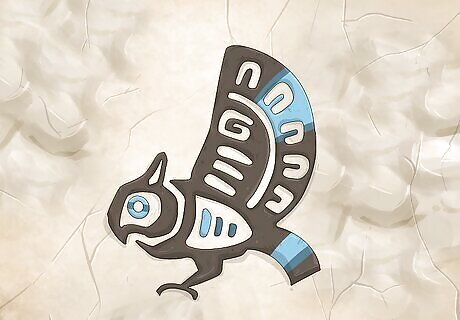
South America Legends and folklore about owls in South America goes back to some of the most ancient indigenous cultures. The owl has a mixed reputation here—revered by some cultures and feared by others. Maya: The Maya believed that owls were the messengers of Xibalba, which translates as the "Place of Phantoms" or "Place of Fear." Mexico: The owl makes the cold north wind. The Little Owl also serves as a messenger between the land of the living and the land of the dead.
Interesting Facts about Owls

Owl eyes are completely immobile. Owls don't have "eyeballs" like humans do. Their eyes are actually tube-shaped and don't move like yours do. But they make up for that with a more hyper-mobile head. The structure of their eyes also allows them to fully focus on prey and gives them better depth perception. It's also a myth that owls can turn their heads all the way around, although they can turn a good 270 degrees in one direction or another—a lot further than humans can! The ability of owls to rotate their necks that far compensates for their immobile eyes so they can see in all directions around them. They also have a blood-pooling system that collects blood so they don't pass out from rotating their necks like this.

Owl toes point forwards and backwards. Scientifically, this is called being "zygodactyl." There are many other birds with toes pointing both forwards and backwards like this. But unlike the other birds with feet configured this way, owls have the ability to pivot one of those back toes forward. That makes it easier for them to walk than other birds. It also means they can grip their prey more tightly. Though you rarely see them, owls also have pretty long legs that make it a cinch for them to race across the ground—although maybe not as quickly as they could fly.

Not all owls are nocturnal. It's true that many common species of owls are nocturnal, so a lot of people assume all of them are. But there are also a few owls that are active during the day (diurnal), while others are active at dawn and dusk (crepuscular). These are times when these owls are primarily active, but that doesn't mean they aren't active at other times too. Owls don't sleep 8 hours at a clip the way humans do (or try to do). They take short naps between periods of alertness.
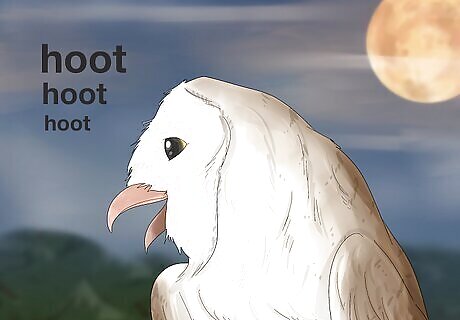
Owls hoot to communicate with other owls. Many myths, legends, and superstitions about owls relate to their call. To some people, their calls sound like a word or phrase in their language, while for others it's simply an omen. But the truth is they're just calling out to other owls in the neighborhood. Owl hoots may offer information such as the owl's location and whether there is adequate prey in that area.
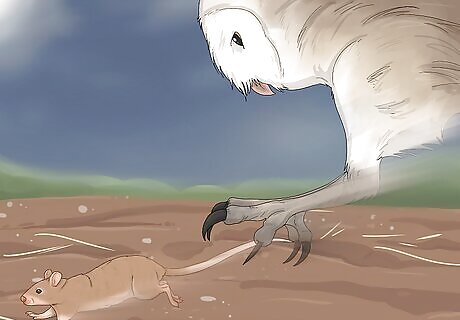
Owls are useful for pest control. Owls prey primarily on rats, mice, and small reptiles—all creatures that most people consider pests. Having an owl nearby offers a great way to naturally control these pest animals without resorting to chemical products that can harm other wildlife. Many people put owl effigies by their doors or on their porches to deter other birds from nesting in the rafters.
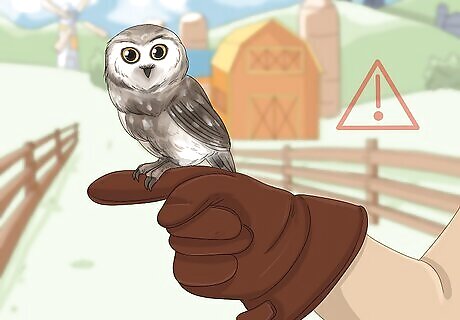
Owls do not make good pets. In many places, it's illegal to own an owl at all unless you are trained and licensed in the care and handling of raptors. Although owls might look cute and seem sweet, they are powerful predators that can be quite dangerous in the wrong hands. Most owls also live pretty long lives in captivity (as long as 30 years or more), which is a longer commitment than most people envision when they adopt a pet. Owls still maintain their natural instincts even in captivity, which makes them a pretty high-maintenance creature that likely doesn't respond well to pets and cuddles.














Comments
0 comment